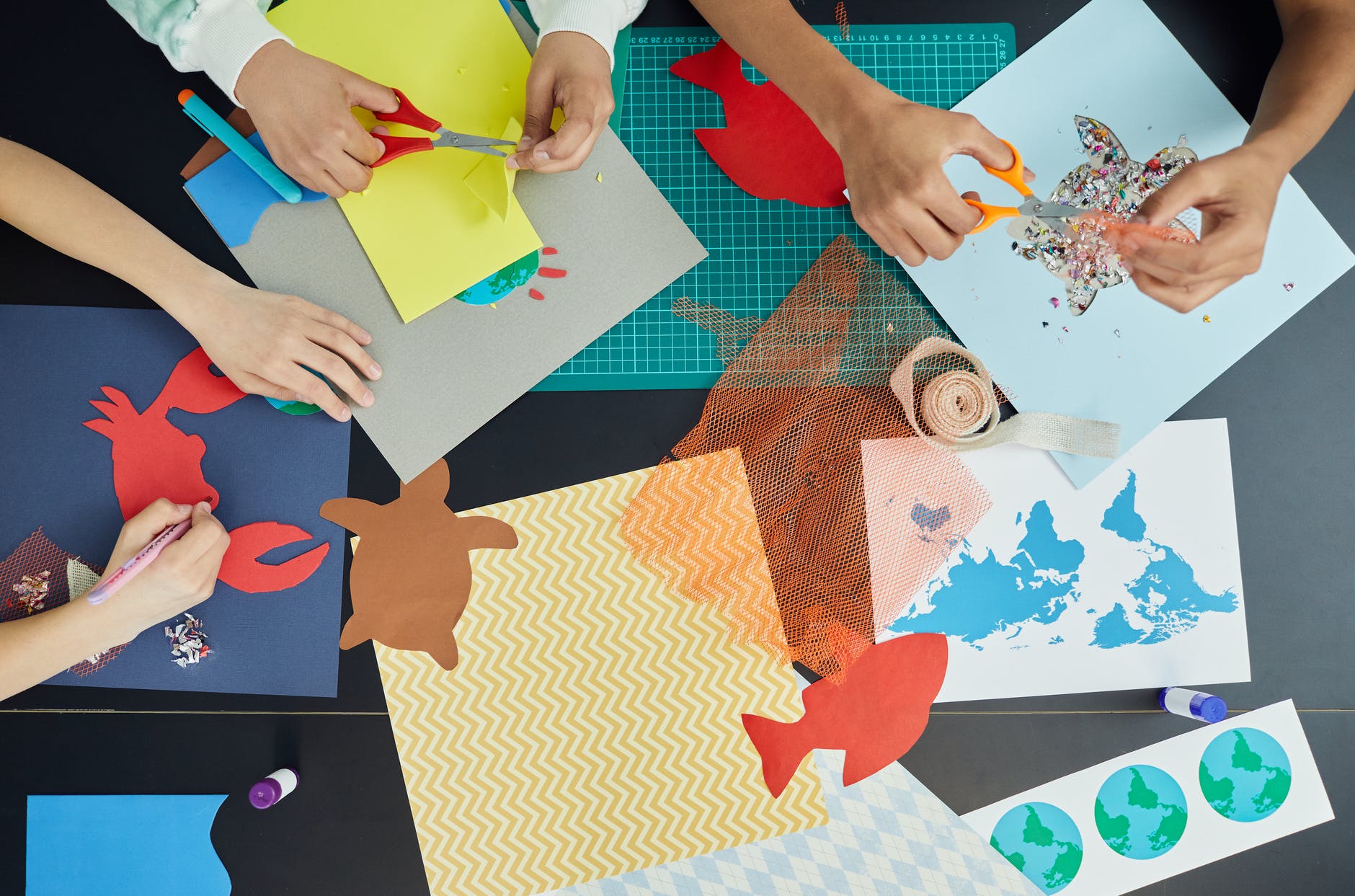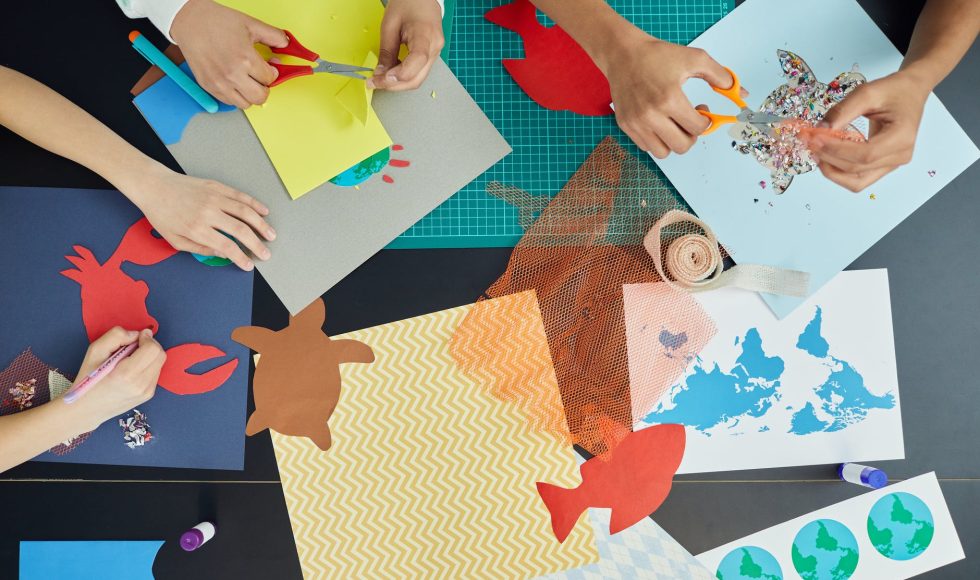What a day! I am still fighting with the Nanopore and computers while doing several other things and troubleshooting virtually as part of the metagenomics course. Tonight I watched the Open Ed 2021 panel about the STEM OERMaryland Fellowship. Fred Stemple and Doris Santamaria-Makang introduced the grant and program. The institutional grant includes several collaborations across institutions. Instructional design and library OER specialists assist the team. Santamaria-Makang discussed how they identified important common elements across the participating institutions. They decided to focus on general education courses that contributed to the benefit of their curriculum and the transferability of courses across institutions. Excellent strategy and mission! The team also wanted institutional support and tools to ensure sustainability beyond the grant cycle. Matthew Marafino from Allegany College of Maryland spoke about their approach to creating a series of assignments that would be adaptable to the institutions involved meeting common learning outcomes of an introduction to literature course. Jenny Meslener, director of the Library and Learning Commons at Garrett College spoke about the libguide that all three libraries worked on. The “main deliverable” was a module to introduce faculty to OERs and their implementation. This is an asynchronous self-paced module that they adapted to all the learning management systems (LMS) used by the institutions. Michelle Hixson talked about the implementation of Microsoft Teams across institutions for this project. The MS Teams communication tools and templates helped the group share check-ins and documents. Hixson also spoke about exchanging materials with the instructional design team and following Quality Matters and their accessibility rubric despite using different LMS. Deborah Devlin from Frostburg State University talked about adapting an existing OER in college algebra to two-year colleges. They did “quality control for accessibility and inclusion.” The resource they created includes textbook, active learning lessons, and resources for instructors. I was impressed by how the team got people together from different institutions to improve both 2- and 4-year general education OER.



